Charcuterie boards are everywhere right now, showing up at parties, picnics, and all over social media. They look effortless, but most of us feel completely intimidated to try our hand at one. The pressure of pairing the right cheeses, meats, and extras makes it seem harder than it really is. The truth is, with a few smart tricks, you can fake expertise and still pull off a spread that looks professional. These tips break it down so your board comes together easily and earns you credit like you’ve been doing it for years.

Get the Meat Math Right

Too much meat turns your board into a deli platter, too little leaves people fighting over scraps. Aim for about 2–3 ounces per person. Slice it thin and spread it around so it looks abundant without being overwhelming. Prosciutto, salami, and even smoked turkey or chicken sausage all bring something different to the table, so don’t stick to just one type.
Play With Texture, Not Just Flavor
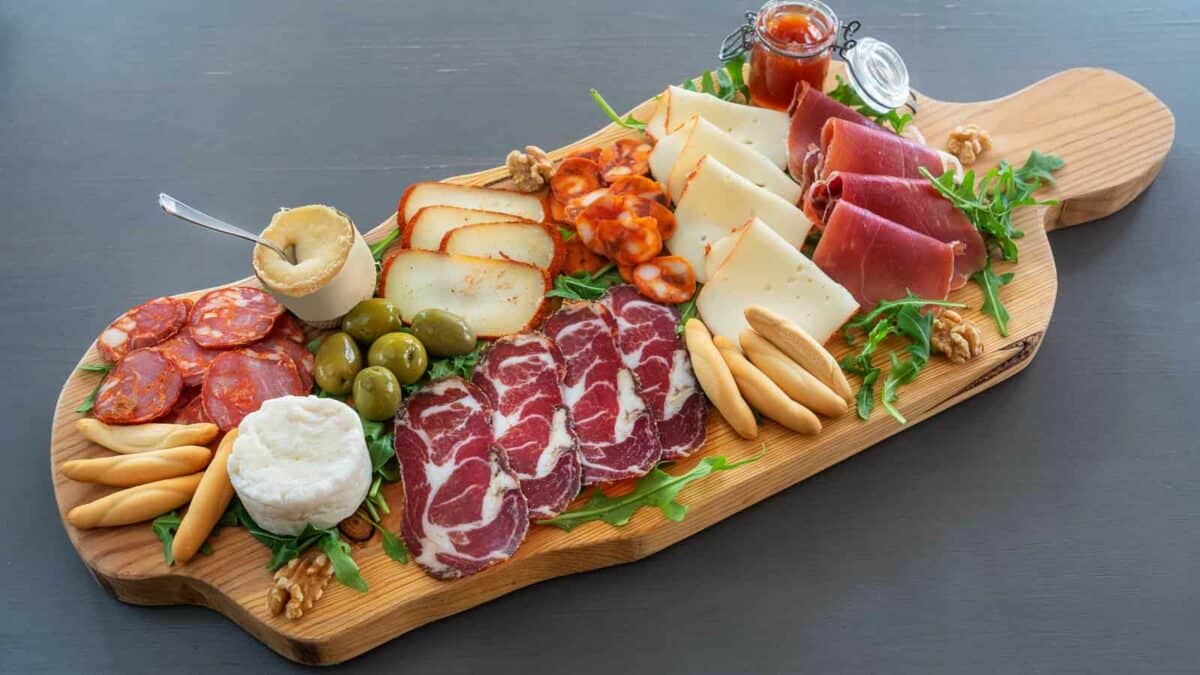
What makes a board interesting is how it feels as much as how it tastes. Balance creamy cheeses and dips with something crunchy like nuts, crackers, or crisp veggies. Add a chewy element with dried fruit or jerky, then throw in something soft and spreadable, like brie or hummus. A mix of textures keeps people reaching back for “just one more bite.”
Don’t Stop at One Meat

A pro-looking board always has variety. Rich and fatty meats like chorizo or soppressata pair well with leaner choices like turkey salami. Think of it as giving guests options so they can build bites that don’t all taste the same. The mix also makes the spread look more complete and intentional.
Raid the Pantry for Add-Ons
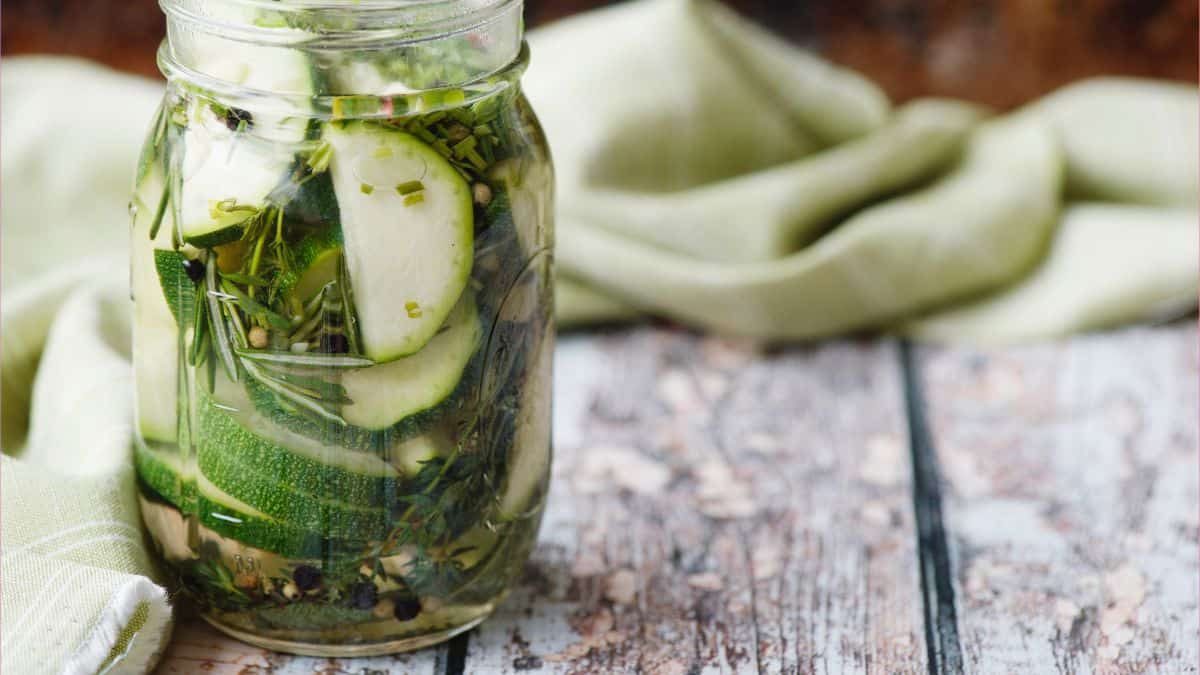
Some of the best charcuterie fillers are already in your cabinets. Pickles, olives, artichoke hearts, and roasted peppers all add tangy or briny flavors that balance the heaviness of meats and cheeses. Don’t be afraid to use jars and cans—it saves money and still looks impressive on the board.
Carbs Are the Base, Not an Afterthought
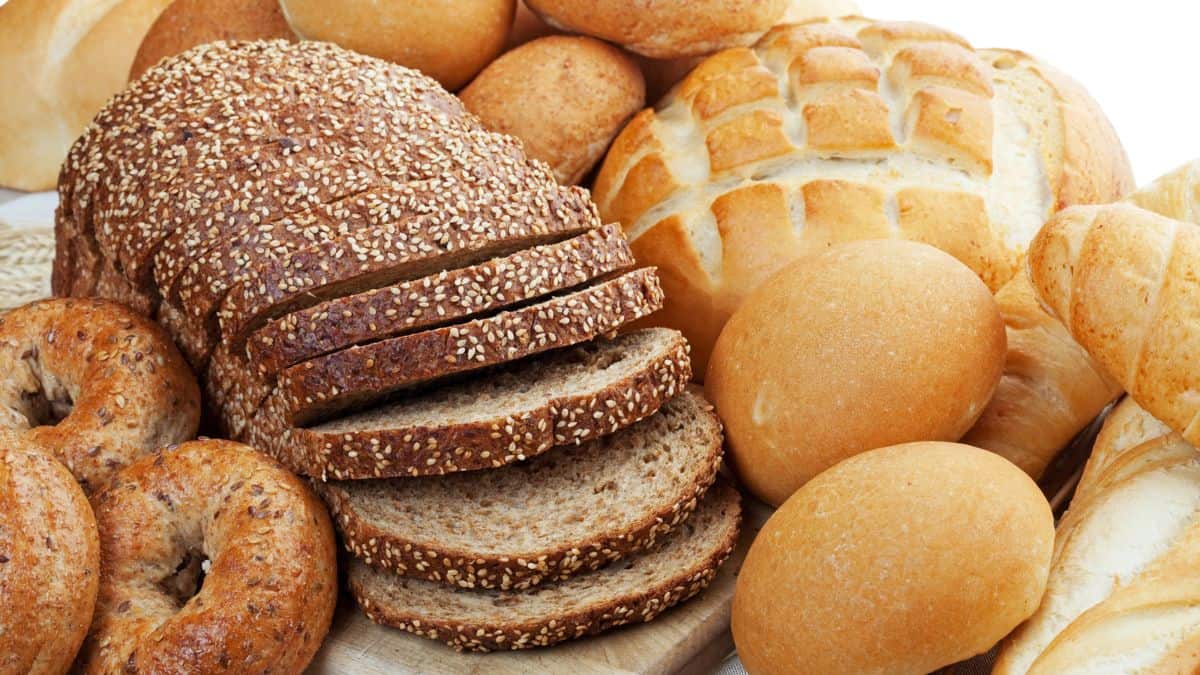
Bread and crackers aren’t filler, they’re the foundation. A crunchy crostini or soft baguette slice gives people a base for layering meat, cheese, and spreads. Breadsticks, seeded crackers, or even pita chips add variety. The point is to give guests options so every bite feels different.
Mix Fresh and Dried Fruit

Fruit adds color, sweetness, and freshness that cuts through the richness of meat and cheese. Grapes, apple slices, or berries work well next to chewy dried apricots, figs, or cranberries. That mix of fresh and dried keeps the board balanced and makes it look vibrant instead of monochrome.
Add Something Warm
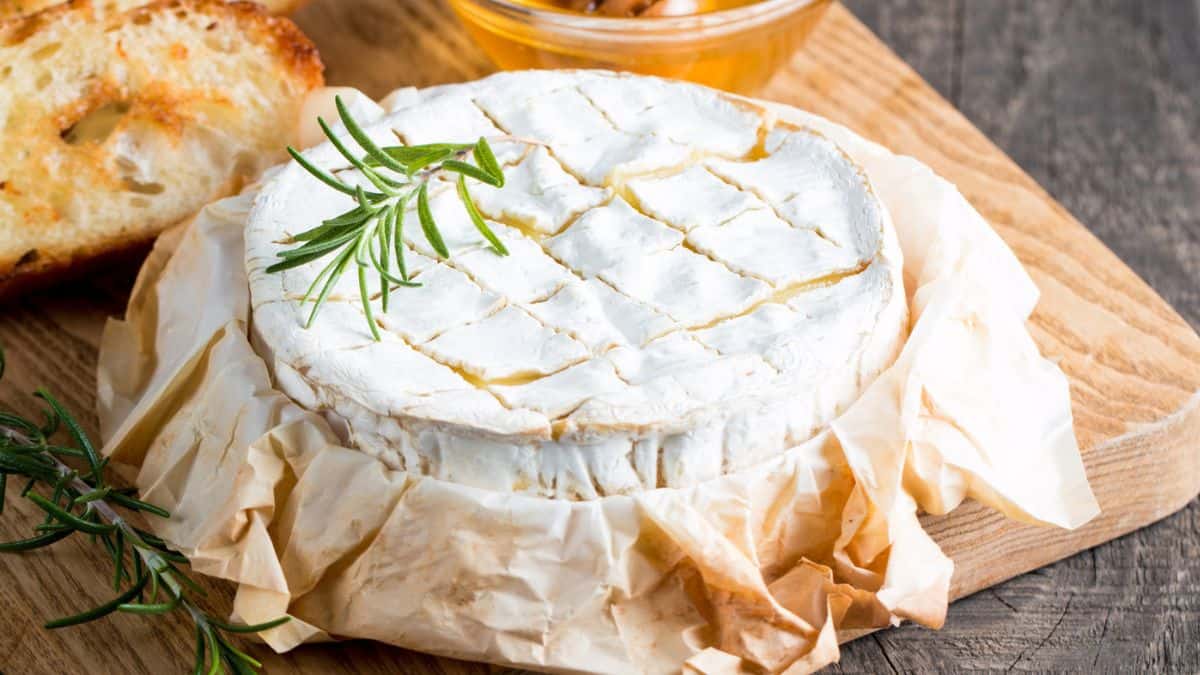
Most charcuterie boards are room-temp spreads, so adding a warm element makes it stand out. Roasted nuts straight from the oven, a skillet of baked brie, or even toasted bread slices bring a cozy, comforting feel. The aroma also draws people in before they even take a bite.
Don’t Stick to One Cracker

A pile of identical crackers looks flat. Mix up the carb selection with different shapes, flavors, and textures. Throw in pretzels, seeded crisps, or even gluten-free crackers if you want everyone to have something they can eat. The variety makes the board feel more polished and thought-out.
Use More Than One Cheese
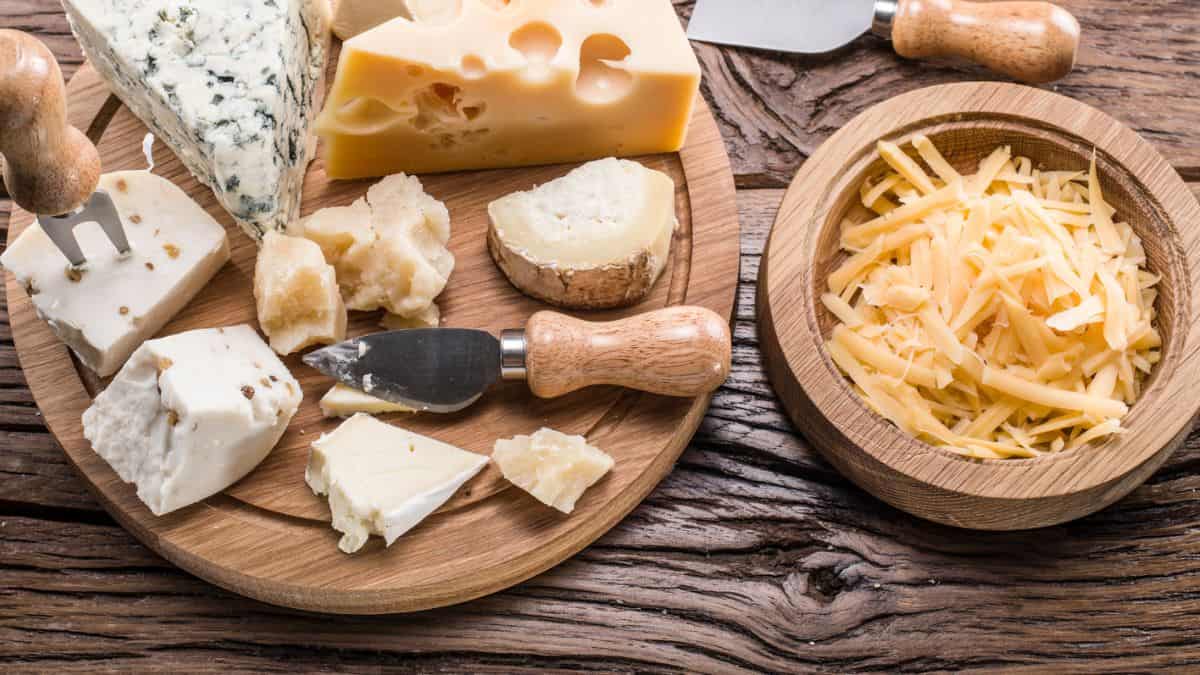
A “pro” board always has at least three types of cheese. Think of it as covering your bases: something familiar like cheddar, something creamy like brie, and something bold like blue. Adding a harder cheese like parmesan or manchego brings even more variety. It’s the fastest way to make the board look and taste layered.
Make Condiments Do the Heavy Lifting

A few small bowls of mustard, chutney, or honey go a long way. They let people mix and match flavors and instantly make the spread feel more complete. Drizzle honey over brie, spread mustard on salami, or spoon chutney onto a cracker. Condiments add that finishing touch without extra effort.
Finish With Small Details

The difference between a decent board and one that looks pro is the garnish. Fresh herbs, a sprinkle of flaky salt, or a drizzle of honey added right before serving make the whole thing pop. These small touches don’t just look good for photos, they also add a little extra flavor to tie everything together.
13 Tips For The Best Picnic Lunch

Planning a spring picnic? Let’s make sure it’s one for the books. Forget about those soggy sandwiches and wilted salads, level up your picnic game with some simple, yet game-changing tips. From choosing the right gear to packing the perfect blend of snacks, these pointers will help ensure your outdoor feast is nothing short of spectacular.
Read it Here: 13 Tips For The Best Picnic Lunch
15 Appetizers Worth Spoiling Dinner For

Everyone loves a good happy hour appetizer or just something to munch on before dinner is ready. These appetizers, however, are so good you’ll probably end up spoiling your appetite for the main course and we can’t really blame you. Whether it’s a creamy dip or a crunchy savory bite, these appetizer recipes are the ones you can count on time and time again.
Read it Here: 15 Appetizers Worth Spoiling Dinner For
Select images provided by Depositphotos.
Gina Matsoukas is an AP syndicated writer. She is the founder, photographer and recipe developer of Running to the Kitchen — a food website focused on providing healthy, wholesome recipes using fresh and seasonal ingredients. Her work has been featured in numerous media outlets both digital and print, including MSN, Huffington post, Buzzfeed, Women’s Health and Food Network.








